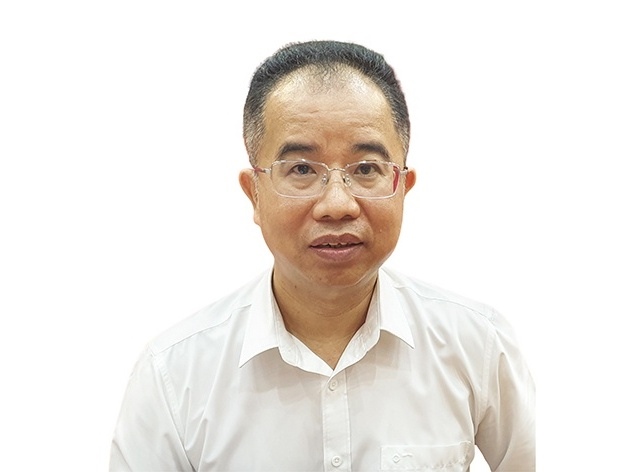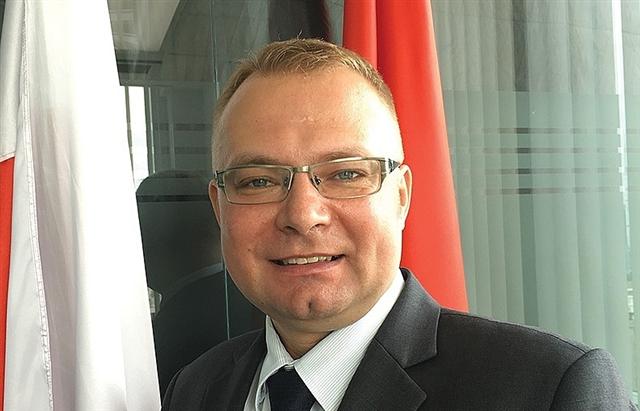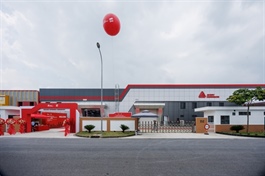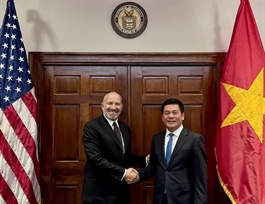Public investment progress varies wildly among localities
Public investment progress varies wildly among localities
Though decentralisation has helped some localities accelerate public investment disbursement, others are still reporting poor performance, which may affect the country’s overall plans.
Last week, Prime Minister Pham Minh Chinh chaired a meeting with ministries and local authorities to accelerate public investment disbursement.
“Public investment is identified to lead and pull private investment, activating all resources for economic development, and is one of three important traditional growth drivers that need to be strengthened in the context that other drivers need time to become effective,” he said.
Efforts to boost public investment disbursement are still being resolutely made. However, the Ministry of Finance (MoF) reported that public investment disbursement has not yet met expectations, despite improvements.
Specifically, such disbursement in the first four months of the year reached over $5.1 billion. Although this is about $720 million higher than the same period last year, it only met 15.5 per cent of the plan, lower than the rate of 16.6 per cent of the same period last year.
Moreover, more than $320 million has not been allocated in detail so far. While many relevant authorities have a good high disbursement rate, there are still some others with low disbursement, some as low as 5 per cent.
The MoF explained the reasons, including woes in site clearance, lack of construction materials, and difficulties in unit prices, planning, and bidding procedures.
In particular, this year there have been ironing-out problems related to the merger of boundaries and the arrangement of the administrative apparatus.
“The main reason is the implementation. Based on the same legal framework, some relevant authorities can disburse well, but some others report poor performance,” Deputy Minister of Finance Do Thanh Trung said.
Specifically, Ho Chi Minh City disbursed about $242.5 million, equivalent to 7.2 per cent of total investment assigned this year. The municipal People’s Committee has issued a document to speed up the allocation and disbursement of public investment capital, as well as speed up the progress of key projects and inter-regional ones with spillover effects. Additionally, the quality of ventures and works has to be ensured, without any negativity, loss, waste, or violation of legal regulations.
“Disbursement plans should be detailed for each task, and each disbursement volume every month. We have strict sanctions and regulations for investors, project management boards, contractors, organisations, and individuals who deliberately delay,” the document noted.
In the Mekong Delta city of Can Tho, as of May 12, its disbursement rate reached 11 per cent of the plan, less than the average disbursement rate nationwide of 14.3 per cent.
Chairman of Can Tho People’s Committee Truong Canh Tuyen admitted that the city’s disbursement is too slow, and measures in implementing bidding packages and construction have been ineffective.
“If the working method is slow to innovate, the performance of disbursing capital this year cannot be fully realised,” he said, while severely criticising the heads of 20 units with a disbursement rate less than 14 per cent of the assigned plan.
In contrast, some localities are making efforts to boost progress of some undertakings, finding solutions to remove bottlenecks to speed up disbursement in the coming months.
The Nhat Le 3 Bridge and national coastal road passing through the central province of Quang Binh costs $140 million, including over $100 million from the central budget. The project leaders have spent all the capital assigned this year, and has asked for more to be brought forward earlier than the plan set forth.
As of mid-May, Quang Binh has disbursed 22.6 per cent of this year’s public investment, higher than the national average. The province has simultaneously implemented many solutions, including assigning responsibility to heads of agencies, units, and investors if disbursement is slow.
In the neighbouring province of Ha Tinh, public investment was spent at almost 30 per cent of the plan assigned, one of seven localities commended for performing well in this issue.
“Currently, Ha Tinh continues to direct investors to accelerate progress in line with the plan, as well as collect documents related to timely handover to the new provincial government after merging on July 1. We are ready to make sure there are no interruptions during the handover period,” said Nguyen Hong Linh, Vice Chairman of Ha Tinh People’s Committee.
The MoF proposed a raft of solutions to encourage public investment, including some on direction and leadership, improving institutions and policies, site clearance, supply of raw materials, on cutting back on administrative procedures.
“During merging and reorganising cities and provinces, ministries and agencies must try not to break or interrupt the implementation of public investment, especially for important projects,” Deputy Minister Trung said.
PM Chinh urged, “It is necessary to strengthen decentralisation to localities along with resource allocation, improve implementation capacity, and strengthen inspection and supervision.”
To reach the government’s overall disbursement target for 2025, more than $28 billion remains to be utilised.
- 11:41 26/05/2025



























